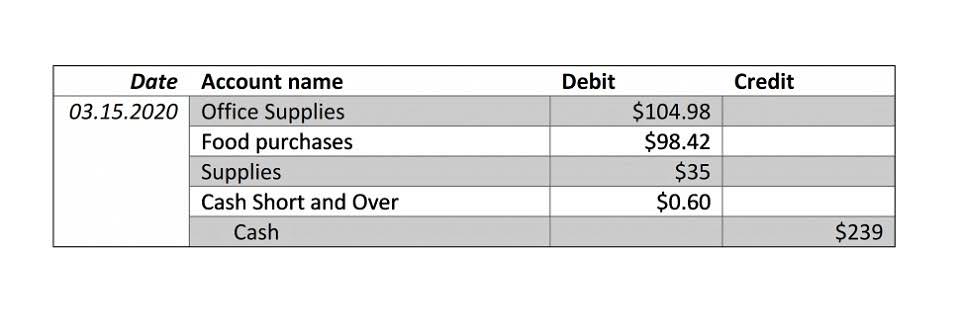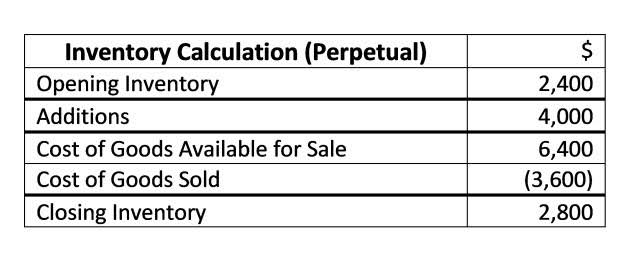
The simple example above explains the idea, but in practice, incremental cash flows are extremely difficult to project. Besides the potential variables within a business that could affect incremental cash flows, many external variables are difficult or impossible to project. Market conditions, regulatory policies, and legal policies may impact incremental cash flow in unpredictable and unexpected ways.
Step 2: Determine the Total Cost at Base Volume
- A turning point in the rise of a company’s incremental cost of capital happens when investors avoid a company’s debt due to worries over risk.
- When incremental costs contribute to the rise in product cost per unit, the company may decide to raise the product’s price.
- Companies look to analyze the incremental costs of production to maximize production levels and profitability.
- And the more units sold at marginal cost, the higher its contribution to the net income.
- This way, companies develop a realistic production roadmap, with an exact number of goods to be produced and the pricing per unit, to achieve profit goals in a business quarter.
Examples of long-run incremental costs include energy and oil price increases, rent increases, expansion costs, and maintenance expenses. This shows the incremental cost of scaling monthly production volumes by 5,000 units is $20,000. Getting all relevant information about your operational expenses lets you know whether you are in the right financial state to cover additional production costs before starting any project. Incremental cost analysis will save you from engaging in unprofitable business ventures that can ultimately damage your financial state. The first step in calculating the incremental cost is determining how many units you want to add to your normal production capacity. Incremental cost of capital is related to composite cost of capital, which is a company’s cost to borrow money given the proportional amounts of each type of debt and equity a company has taken on.
Understanding Incremental Costs
Investors begin to wonder whether the company may have issued too much debt given their current cash flow and balance sheet. A turning point in the rise of a company’s incremental cost of capital happens when investors avoid a company’s debt due to worries over risk. Companies may then react by tapping the capital markets for equity funding. Unfortunately, this can result in investors pulling back from the company’s shares due to worries over the debt load or even dilution depending on how additional capital is to be raised. However, the $50 of allocated fixed overhead costs are a sunk cost and are already spent. The company has excess capacity and should only consider the relevant costs.
What is Incremental Cash Flow?
A fixed building lease for example, does not change in price when you increase production. The fixed cost will reduce against the cost of each unit manufactured, thus increasing your profit margin for that product. A specific material used in production is a variable cost because the price changes as you order more. Bulk orders are often at a reduced rate, creating a variable to factor into your incremental calculation.

Therefore, the cost to produce the special order is $200 per item ($125 + $50 + $25). The incremental cost of offering a free coffee after ten purchases includes the coffee beans and milk. But the incremental benefit—customer retention and word-of-mouth marketing—far outweighs this cost. Remember that incremental cost analysis should consider both short-term and long-term effects.
Example of Incremental Analysis

Projecting incremental cash flows may also be helpful in the decision of whether to invest in certain assets that will appear on the balance sheet. This could involve developing entirely new offerings or simply expanding the availability of existing products and services to new markets. This could involve raising the prices of existing products and services or introducing new pricing tiers for different levels of service. Conversely, marginal costs refer to the cost of producing one more unit of a service or product. Goods or services with high marginal costs tend to be unique and labor-intensive, whereas low marginal cost items are usually very price competitive. Companies need to make profitable business decisions when aiming for operational expansion.
Difference Between Operating Expenses & Overhead

Include material, labor, transportation, etc. required to sustain the base case output. Incremental costs change at different scales of production, and so do their benefits. Businesses must determine the exact volume at which they can get the greatest value. Relevant costs (also called incremental costs) are incurred only when a particular activity has been initiated or increased.
Incremental costs might include the cost of new equipment, the people to staff the line, electricity to run the line, and additional human resources and benefits. All these costs would be considered long-term incremental costs because they would be implemented as long-term aspects of the business. While the calculation itself is straightforward, total incremental cost the key is identifying the right base and incremental volumes to analyze. Applying this methodology to your business decisions yields pivotal insights for profitability and strategy. Incremental cost specifically tells business owners about the worthiness of allocating additional resources for a new production volume.

Incremental cost includes a cost-to-benefit analysis to guide businesses in smartly choosing battles. Because the sunk costs are present regardless of any opportunity or related decision, they are not included in incremental analysis. The use of incremental analysis can help businesses identify the potential financial outcomes of one business action or opportunity compared to another. With that information, management can make better-informed decisions that can affect profitability. Remember, incremental cost analysis provides valuable insights into the financial implications of decisions. By considering different perspectives and utilizing tools like cost-benefit analysis, individuals and businesses can make more informed choices that align with their goals and objectives.
Incremental cost and its effect on pricing
However, the long-term benefit—cleaner air, healthier communities—justifies the investment. By analyzing these incremental costs, the company can assess whether the process improvements lead to greater efficiency and customer satisfaction. From a personal finance perspective, incremental cost can be applied to various scenarios. This analysis allows individuals to make informed decisions based on their budget and financial goals. The cost of capital refers to the cost of funds a company needs to finance its operations.

